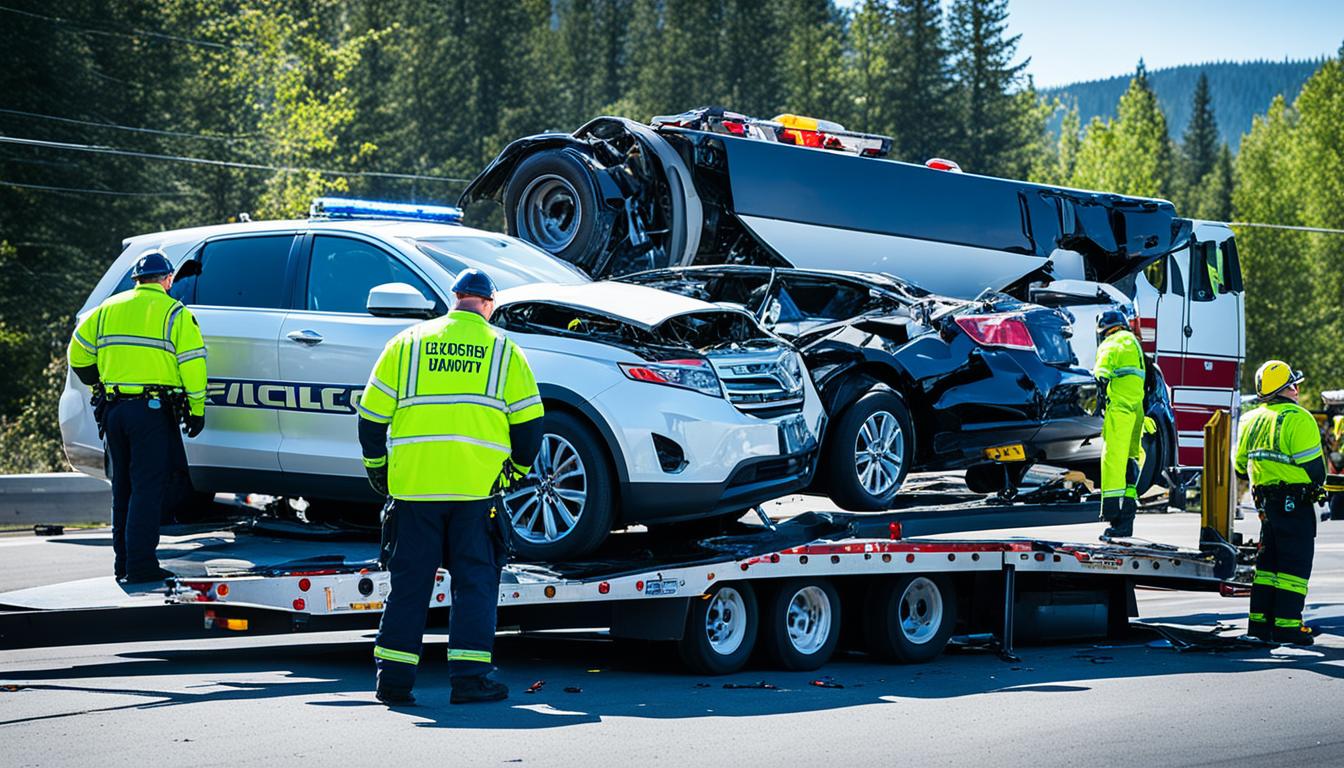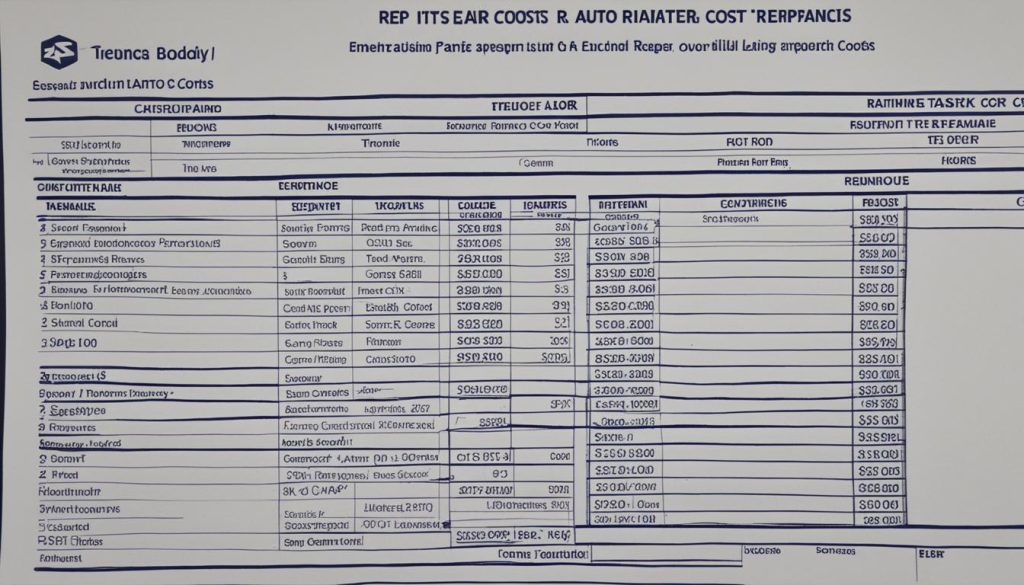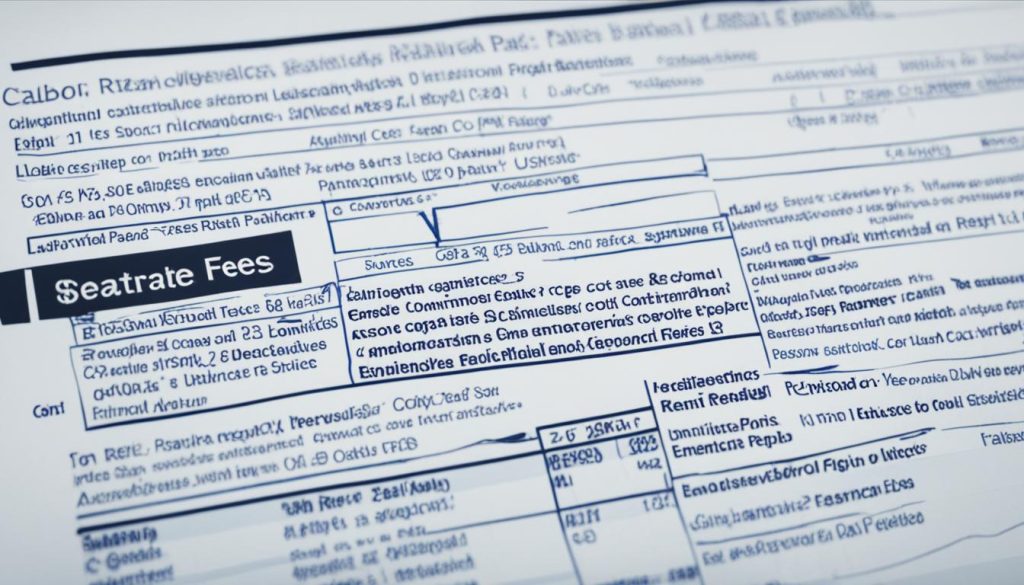
The Role of Vehicle Detailing in Collision Repair

What to Do When You Need Emergency Collision Repairs
Repair estimates after a collision can be hard to understand. But knowing how to compare them is crucial. You might feel confused or overwhelmed at first. But, with the right info, you can make wise choices. This article will explain each part of an auto repair estimate. It will also cover the terms and abbreviations you might see. This will help you feel more sure about making decisions.
- Understanding Estimates: Learn how to read and understand collision repair estimates.
- Collision Repair Estimates: Find out what to look for in an estimate. Learn why it’s important to know this information.
- Compare Estimates: Learn tips for comparing different estimates. This will help you pick the best repair option for you.
By the time you finish reading, you’ll get how collision repair estimates work. You’ll be able to save money and choose a great auto shop. Let’s start uncovering everything about these repair estimates.
Key Takeaways:
- Understanding the various sections of a collision repair estimate.
- Exploring common terms and acronyms used in auto body repair estimates.
- Reading and deciphering the top, middle, and bottom sections of an estimate.
- Reviewing labor costs, parts and materials, additional charges, and customer responsibilities.
- Choosing a reputable auto shop for high-quality repairs.
How to Read an Auto Body Estimate: Top Section
When you get an auto body estimate, the top part shows key details. These include the damage date, deductible, and your info. Checking this part helps make sure your estimate is right and complete.
The top area lists your name and where you live. Make sure all of this is correct. Mistakes might slow repairs down or cause problems with insurance.
The damage date tells when the accident happened. Shops use this to plan repairs and your insurance might need it too.
Knowing how much your deductible is very important. It’s what you pay before insurance covers the rest. This helps you with your repair budget.
Your car’s details, like model and VIN, are also here. These are needed to figure out the repairs and get the correct parts.
The section also notes your insurance info. It lists your provider and policy number. This info lets the shop deal with your insurance easily.
Double-check your estimate’s top part to make sure everything is right. Wrong or missing info could mess up your repairs or insurance claim.
Example:
The image below illustrates the top section of an auto body estimate:
How to Read an Auto Body Estimate: Middle Section
The middle bit of an auto body estimate gives a detailed view of repairs needed. It includes line items with descriptions of the damage. This part is key for knowing what fixes are needed and how they will be done.
Here, you might see acronyms used in body shop estimates. They make the info short and clear. Some examples are:
- A/M: Aftermarket parts are not from the original manufacturer but can be cheaper. They might be different in quality than OEM parts.
- B%: Betterment is about replacing old parts or improving the car’s condition. The percentage shows what part of this the customer pays.
- DED: Deductible is what the customer pays out-of-pocket. It’s crucial to know your deductible for financial planning.
- Other common acronyms: There are more, like R&I, L&L, SUP, and R&R. Knowing these helps make sense of the estimate.
Learning these acronyms helps you understand the repair costs better. It makes the estimate clearer.

The image below displays a model middle section of an auto body estimate. It shows a clear list of repairs needed. This picture can help you grasp the estimate’s middle part.
How to Read an Auto Body Estimate: Bottom Section
The bottom part of an auto body estimate tells you the repair costs. This part is key to knowing how much the repair will cost and what you need to pay.
Labor costs are important here. They cover the time and work the repair technicians need to fix your car. This cost is based on an hourly rate and the hours they think they’ll need. It changes with how hard the repair is and the local rates.
It also lists the parts and materials needed. This shows what they’ll replace, like damaged parts or specific materials. Each part or material has a price, making everything clear.
Look out for extra charges and fees in this part. These could include disposal or environmental fees. Knowing about these can help you budget better.
Example of an Auto Body Estimate Bottom Section:
- Labor Costs: $500
- Parts and Materials: $1,200
- Additional Charges:
- Disposal Fee: $20
- Environmental Fee: $10
- Tax: $120
- Total Costs: $1,850
Understanding this bottom part is vital for smart repair decisions. It talks about labor, parts, and extra charges. This info is crucial for planning and knowing what to expect.

Conclusion
Knowing what’s up with collision repair costs helps you make wise choices. It keeps you from getting hit with unexpected bills. Learn what an estimate includes and know the lingo. This prepares you to shop around for repair prices from different experts.
To save on fixing your car, pick a trustworthy shop. A place with lots of experience fixing many types of cars is a smart choice. A shop known for its top-notch repair work is ideal. This way, you ensure your car gets the quality care it needs.
At Miracle Body and Paint, we get that repair estimates and saving money are key. We’re experts in fair estimates and efficient, top-quality fixes. Don’t skimp on value. Reach out for any questions or to get an estimate. We’re in San Antonio, Leon Valley, Windcrest, and Helotis – ready to assist with your repairs.



